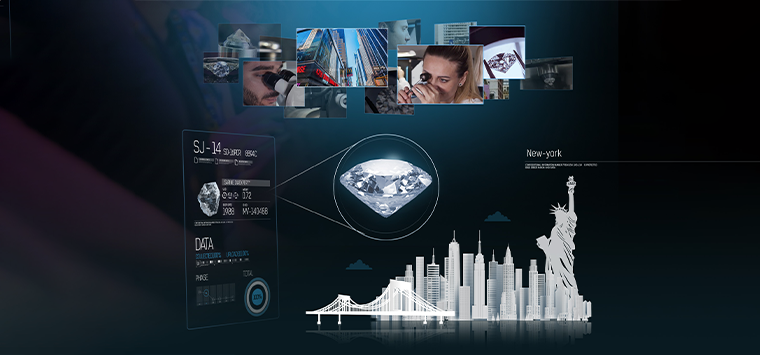The customer experience is changing, and mobile internet technology is a root cause. A 2018 US study showed that 59% of smartphone users use their device while shopping to research and compare products. In store, the online and offline worlds are merging. And that’s where AR comes into the picture.
AR, or Augmented Reality, strongly reflects the new trend towards online/offline experiences. Unlike Virtual Reality, which is based on creating a completely artificial experience in which to escape, augmented reality blends the artificial with the real, in order to enhance our experience of reality.
In recent years, AR has gained popularity fast in a range of industries, from education and medicine, to real estate and retail. According to a US study on “The Impact of Augmented Reality on Retail”, 34% of customers already use AR when shopping and 71% said they would shop more often if AR applications were available.
But in what way does AR really affect the consumer retail experience? What makes it such a powerful emerging tool in retail? Let’s explore:
Deepening customer connection
According to a Harvard professor’s recent book, 95% of purchase decisions are based on subconscious emotional reactions. There are many ways to create emotional connection - sensually, physically, psychologically. AR technology combines them all.
For instance, Home Depot’s Project Color app enables customers to “see” how their home will look when painted in particular colors. This ability to physically and interactively experiment with paint colors in the AR space of their own home deepens the customer’s brand experience with Home Depot. Once they arrive at the store to view and purchase the paint, they have already invested their time, effort and emotion. AR helps lay the foundation for a more powerful, personal and memorable in-store experience.
Facilitating tech-rich experiences
According to a smartphone addiction study, the average user checks their device 47 times a day. The average time spent on mobile phone and tablet every day is 4.5 hours. The facts speak for themselves - smartphones are an integral part of consumers’ everyday lives.
In a study by Retail Perceptions, 40% of people say they are willing to spend more on a purchase if it involves some form of AR. Today’s consumers are hungry for a tech-rich experience, one that resonates with their smartphone behavioral habits, and they will even pay for it. In the retail sector, it is recommended to create apps and experiences that bring the online, interactive smartphone experience into the store. New AR technologies provide ample opportunity to do so.
Making shopping easier and engaging
A huge advantage of AR in retail is its ability to provide an engaging, informative experience that makes the purchase process easier for the customer. Whether it’s an AR changing room, where the customer can virtually try on different clothing or jewelry, or an AR app that enables consumers to instantly call up product information in store, such as pricing, colors, sizes and reviews, AR is not a gimmick or toy - it’s a purchasing tool that encourages consumer decision making by providing compelling, engaging and easy in-store and online retail experiences.
AR in the Jewelry, Diamond & Gemstone Retail Market
The Retail Perceptions report shows that jewelry is the 6th most popular retail market for consumer use of AR technology. At the recent JCK Vegas 2019 jewelry and diamond trade show, Sarine Technologies presented its new approach to diamond jewelry retail experience with its own AR display of the Diamond Journey from rough diamond in the mine, to polished diamond in a jewelry store. Check out these short segments of the AR display:
The Sarine Diamond Journey™ is ideally suited to an AR-based medium. Advanced AR technology brings the diamond’s story to fascinating life by combining compelling visual elements and an interactive interface in which the customer chooses which part of the story to experience and when. AR supports this kind of engaging and exciting consumer experience that helps strengthen the customer’s connection to and investment in the diamond brand or collection, the diamond itself, and the story that animates them.
AR is here and it’s here to stay. Many analysts predict that the AR industry will reach $100-130 billion in value by 2020. The next challenge facing retailers - including diamond and jewelry sellers - is keeping up with the dynamic pace of technology advancement in AR and its vast potential for in-store application.
Speak to a Sarine rep today to find out how to bring the advanced Diamond Journey™ experience to your store.





-1.jpg?width=310&name=blog_image%20(003)-1.jpg)





